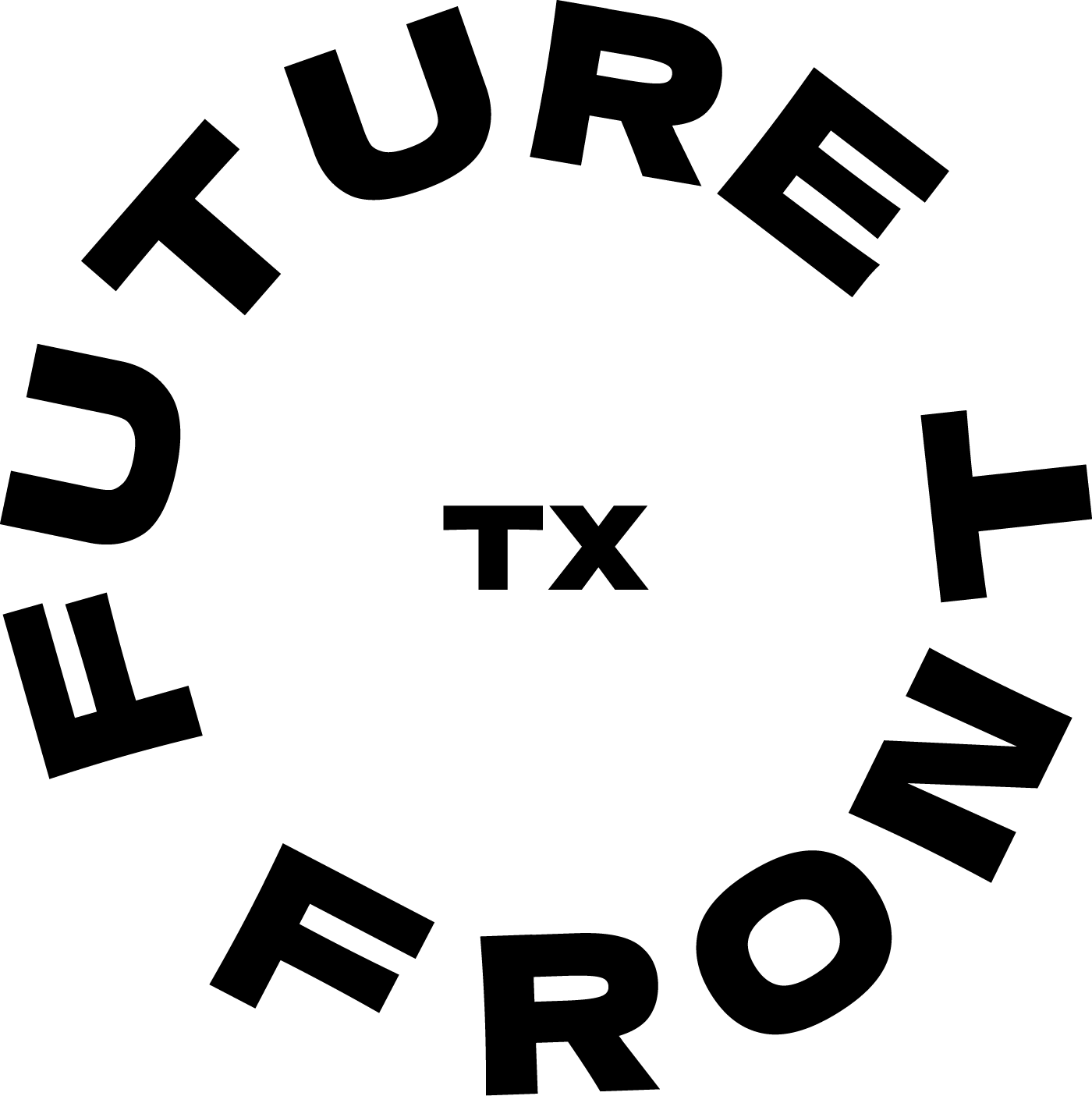On Finding Your Creative Voice: Andie Flores
As part of our ongoing digital residency, we’re spotlighting our recent interview with Austin-based performance artist, writer and comedian Andie Flores.
In conversation with bbatx committee member Liz Whitington, Andie chatted with us about how she goes about navigating collaboration, the value creative residencies can be of to artists, and how she combines comedy, performance art and drag in creating her work.
ABOUT Andie Flores:
Andie Flores is a writer, performance and visual artist, clown and comedian based in Austin, Texas. Her work (often site-specific) investigates messy, extravagant, delinquent bodies loudly stumbling toward some sort of Latinx queer futurity. Her most recent explorations include live-streaming an in-character performance at various public sites of high-pedestrian traffic, subject/object glitch character experiments, and home video archival research in search of present-day artist narration. Last summer, she was an artist-in-residence for MASS Gallery’s Hotbox 2019 residency with one of her artistic partners, Cindy Popp. Early next year, she'll have her first solo show at Presa House Gallery in San Antonio. Flores’ ongoing central artistic question is one of audience, loneliness, excess, and legacy. She is a second year PhD student in the department of Mexican American Latinx Studies at the University of Texas at Austin.
Can you tell us a little about your background and how you got into performance, writing and comedy? How did you get to where you are now?
I have always been performing and have always had the personality for it (AKA I’m a ham). I’ve been performing in front of people at least since the sixth grade, and then from then through almost the end of college, I did the speech and debate team, which is essentially competitive performance and speech writing. After I graduated college in 2013, I discovered a whole other world of performance that I did not know about and began to experiment with different performance styles and ideas on variety shows like The Encyclopedia Show in Arizona. Then I just did weird, dumb stuff on a handful of different comedy shows in Austin when I moved here. I’ve spent the majority of my time in Austin (about six or seven years) trying to find my voice and format, and lately that’s meant interweaving comedy, drag, protest and performance art.
Photo courtesy of Andie Flores.
Photo courtesy of Andie Flores.
What compelled you to pursue a PhD, and how have your studies impacted your work?
For me, school was initially about getting excited about living in Austin for a few more years, and I also wanted to provide myself with options for new art career paths to take. School has given me a new approach to the city and I'm trying very hard to do it alongside regular performance work, which is great and keeps me incredibly busy. My program is Mexican American Latinx Studies, so I’m getting to merge my artistic pursuits with my community and scholarship about things I love.
You mentioned that you love to collaborate. How do you go about finding collaborators, and what does that collaborative process look like?
I really love working with other people. I think that’s because I see myself as less of an artist and more of an adult who likes to play. I’m drawn to other people who like to play, too and who believe in the wild, vast potential and power of play. Collaborating with someone else makes me figure out how to work with not only my artistic anxieties and energies but also how to be productive alongside theirs. It gives me space to narrow in on what I do best in the collaboration so I can hyper-focus on my work, which is a nice challenge.
What motivates or inspires you as an artist?
Music plays an important role in my creative/inspiration process, but I’m also continuously fueled by the ongoing experimentation of my favorite artists and performers. The work of artists like Xandra Ibarra, Shaboom!, Jibz Cameron/Dynasty Handbag, Lorelei Ramirez, Victor I. Cazares, etc. all motivate me energetically.
What themes does your work explore, and are there new themes you want to focus on?
I’m always interested in out-of-context performances, questions of online legacy and identity, frantic humor meets strange glamour, little kid sensibilities and poetry.
Photo taken by Jagan Cortez.
Photo courtesy of Andie Flores.
You’ve been a resident artist before with other creative institutions. How do residencies impact your artistic work?
My first official residency was last summer at MASS Gallery with my ongoing clown collaborator, Cindy Popp. The residency provided us with a studio/gallery space, freedom, and the opportunity to showcase our work in a show at the end of it all. To have time and space to create like that in a place like Austin is usually expensive or only comes with being seen as a more established artist. I enjoy that residencies often come with loose restrictions or boxes that are fun to play with, and I like seeing how I can work within those constraints to grow my practice. The best thing a residency can do is provide space, resources and access that I would not normally have.






